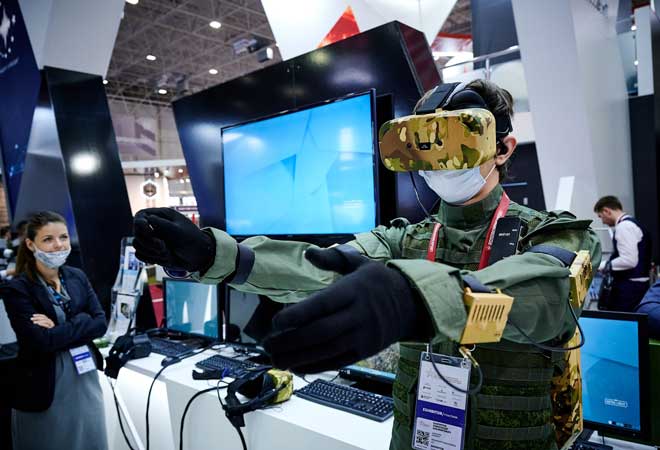The Corona pandemic has catalyzed the implementation of digital processes in companies. In addition to remote commissioning and maintenance services, meetings and training are also increasingly taking place digitally. Whether on-the-job training or training, especially in the chemical industry, AR or VR applications can be used to learn and practice risky processes on safety simulators.
Occupational safety is a top priority in the chemical industry because mistakes and accidents can have severe consequences for people and the environment. To better monitor safety and operations, many operators are turning to digitalization. Technologies such as artificial intelligence, machine learning, and cloud computing collect, store and analyze data. This data is then turned into actionable insights that operators can use to improve the efficiency and security of their assets. In addition, remote commissioning and maintenance services and digital offerings for meetings and training have increased since the Corona pandemic contact restrictions.
In addition, the chemical industry is undergoing a generational shift: Experienced employees will retire in the next few years. It increases the need and necessity to transfer experience to younger employees. In a high-risk sector such as the chemical industry, all employees must continue their training to do their jobs well and safely. Conventional training methods have been virtually non-existent in recent years and often fail to engage young workers—the solution: immersive learning. Immersive learning refers to an approach to learning that uses digital technology, such as virtual reality (VR) or augmented reality (AR), to help learners develop skills and learn processes. It allows employees to get the knowledge they need in the field, even at a distance.
Safe learning in a virtual space
Young employees are incredibly familiar with virtual environments. Like video games, virtual worlds can also be used for on-the-job training. Immersive learning uses augmented and virtual reality (AR and VR) technologies to enable experiential learning in a safe, controlled, and realistic virtual environment. Individual learning systems are combined with ready-to-play experiences using console controllers and VR headsets. This technology supports both employees who are new to the company and those who have been with the company for several years. The process is also suitable for training that needs to be repeated regularly.
AR and VR training can be used in many different ways. For example, they reduce the risk of accidents because employees can recognize sources of danger in a VR or AR environment and experience the consequences of improper behavior without putting themselves in danger. Operators can learn and practice risky procedures on safety simulators - a kind of "learning by doing. As a result, this training reduces the need to shut down equipment for real-world training.




